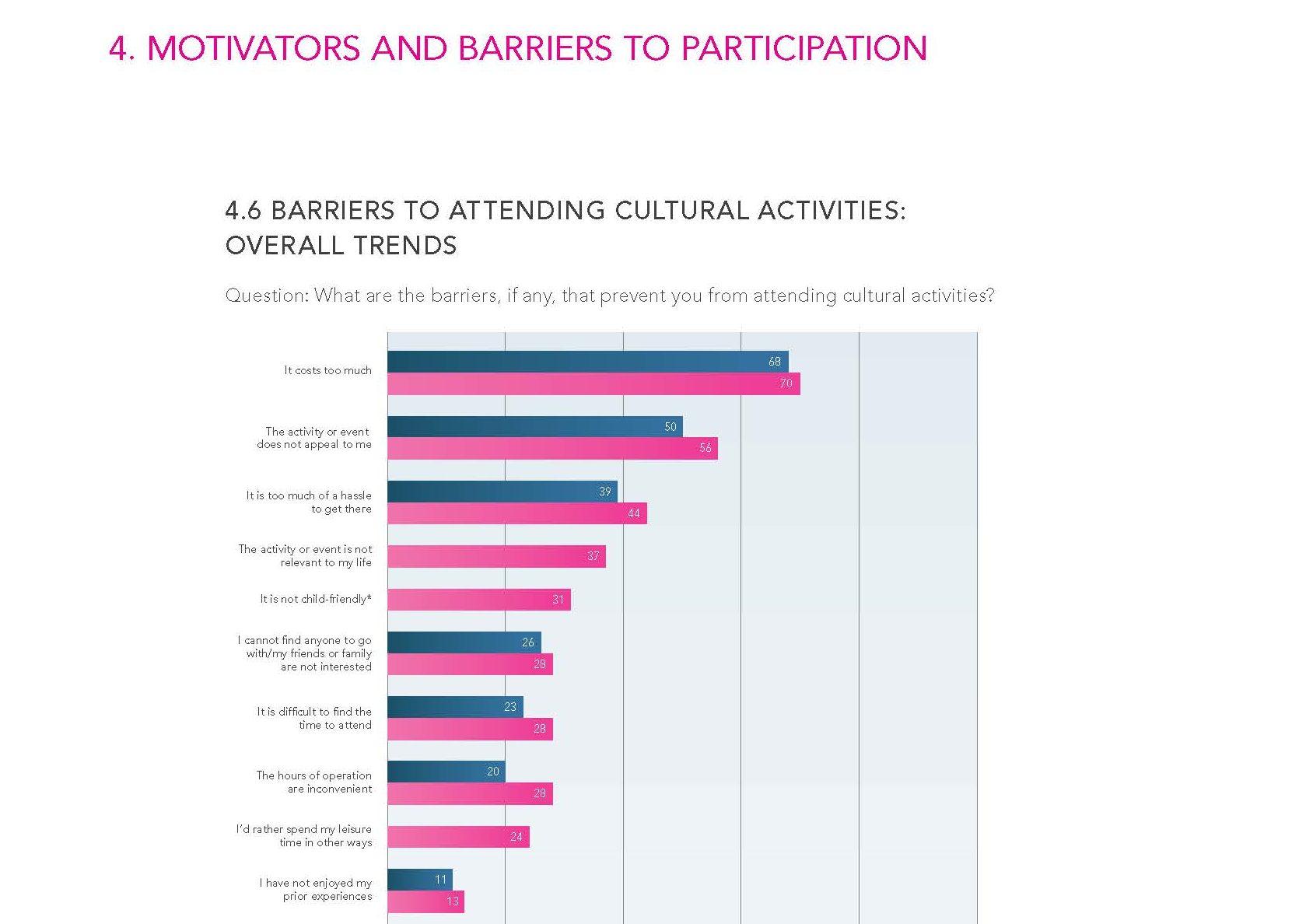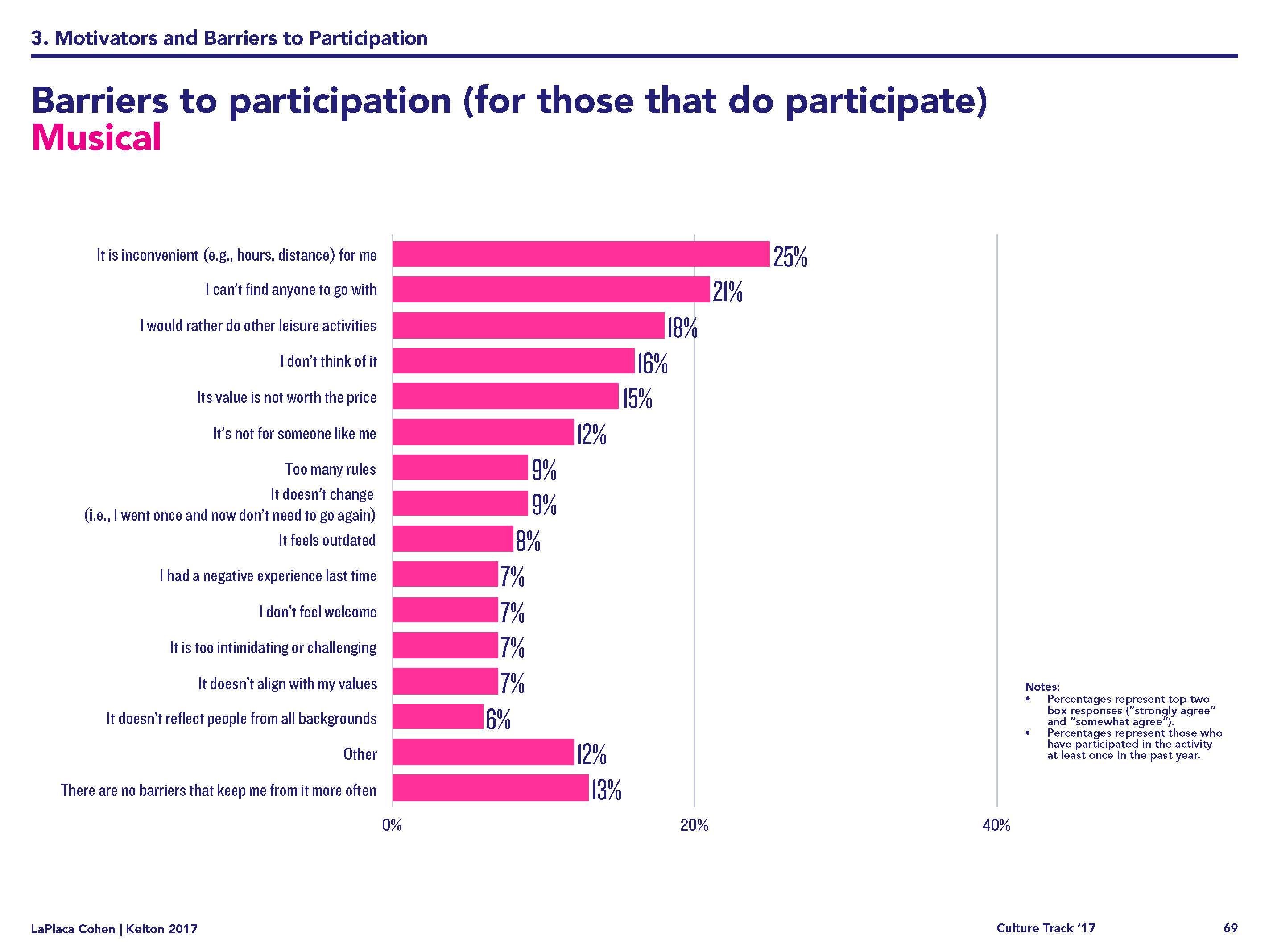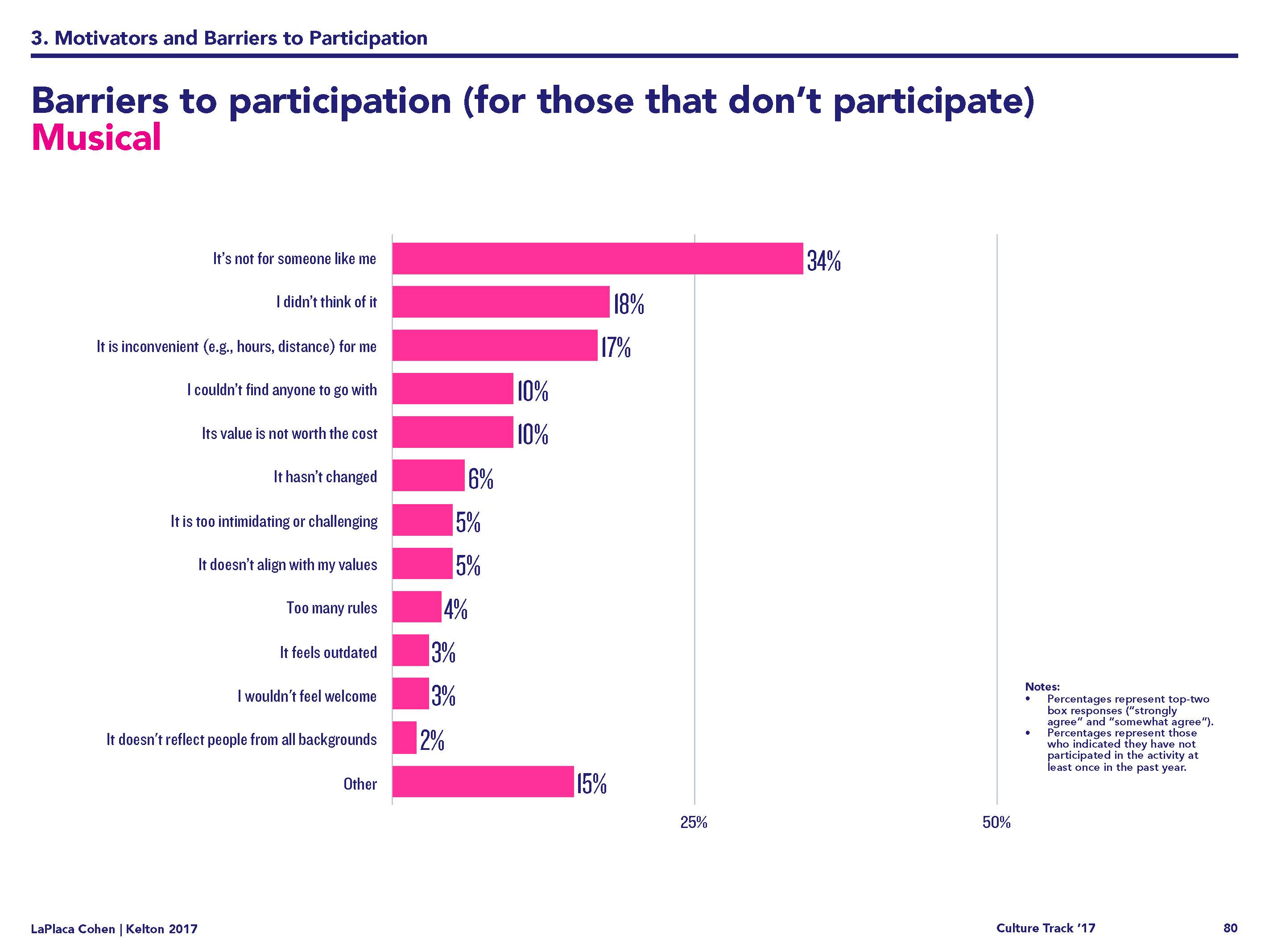If you keep hearing how great Finland is, the results they are having might be due, in part, to the problem solving processes they are using.
The city of Helsinki developed a board game to facilitate conversations and decisions about public participation. There is much about their gamification approach that might be applicable and usable by non-profit organizations.
I was especially struck by the following passage in the article, (my emphasis).
Printed on each card is a participation tool the city of Helsinki has used in the past — hosting resident meetings at City Hall, opening city datasets for public use, or allowing public uses in city-owned spaces, for example. Working in pairs, the group identifies tools they have used and places those cards on the board. This is an important part of the game, Laitio said.
“It builds confidence in the teams that things they have been doing are already part of the engagement work,” he said. “The idea that you’re not starting from scratch is important when you’re pushing through change in an organization.”
This resonated with me because so often when a new endeavor is proposed, especially in terms of engagement, there seems to be an unspoken sense that existing processes have failed us and the new innovative solution needs to be generated whole cloth. The idea that you need to reject all that is in order to be successful can be a pretty intimidating prospect.
Even if you don’t think an entire revamp is required, just trying to determine a starting point of the conversation can feel insurmountable. If the game process helps get the conversation rolling, it can be valuable on that basis alone.
A fair portion of the article cites the head of Helsinki’s Division of Culture and Leisure, Tommi Laitio, who talks about how the game helps his staff cut through jargon and buzzwords like “Citizen Engagement.” Since community engagement seems to be the hot topic in the US arts and culture sector these days, I had to wonder if we weren’t all facing similar challenges and making similar assumptions.
Other benefits of the gamification approach Helsinki has embraced I appreciated (my emphasis):
The game is structured to surface ideas even from shy or quiet participants, she said, which adds to the sense of shared ownership at the end.
“Participation cannot be dictated,” Miettinen said. “That’s why a tool like the Participation Game is so useful. It encourages players to find their own way to put participation in practice. The game presents participation as a collective responsibility of a team rather than just a singular action or something that needs to be done to ‘tick the box.’”
The Helsinki Participation Game is freely available for anyone in the world to use. However, as you might imagine, a process that demands participation and collective responsibility does require some investment:
“…but he cautioned that it can’t simply be “copy-and-pasted” into another organization. “You need to run a design process in your own organization to adapt the game to meet your needs,” he said.












I've been to a few of the Science on Tap events, though I never gave a talk at one of…